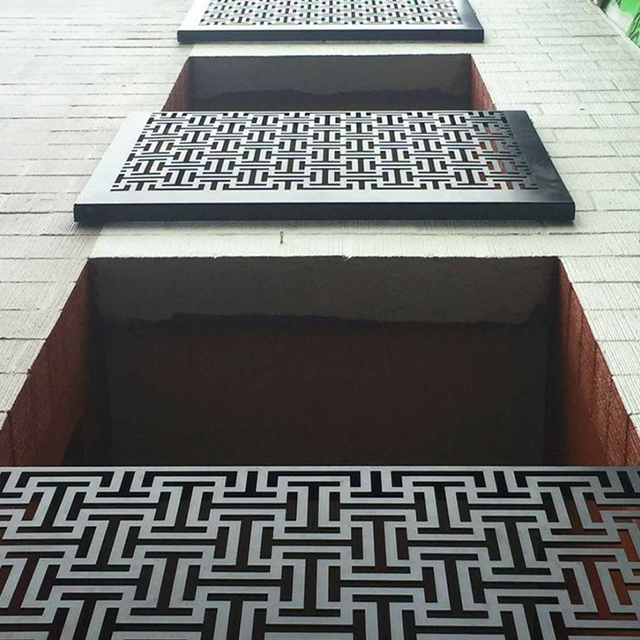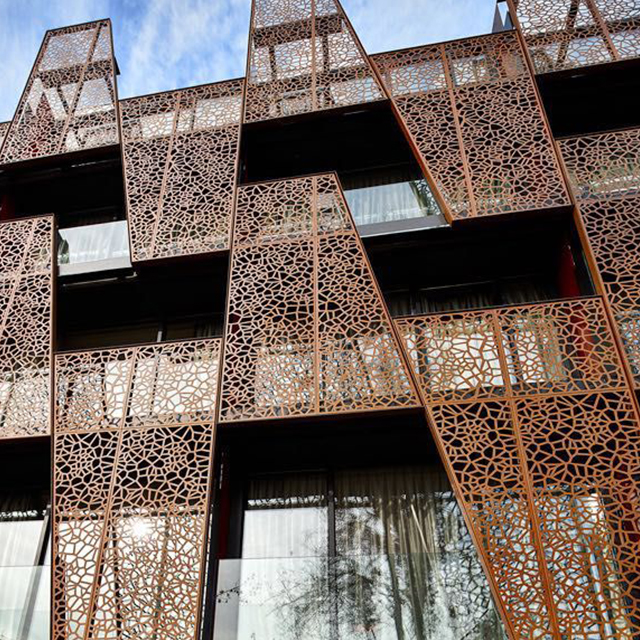Discover the role of aluminum cladding in sustainable architecture. Learn how it enhances energy efficiency, durability, and design flexibility. Explore more at Likton Metal.
As the world shifts towards sustainable construction practices, aluminum cladding has emerged as a key material in modern architecture. Its unique combination of durability, energy efficiency, and aesthetic versatility makes it an ideal choice for eco-friendly building designs. This article explores the future of aluminum cladding in sustainable architecture and how it is transforming the way we build.
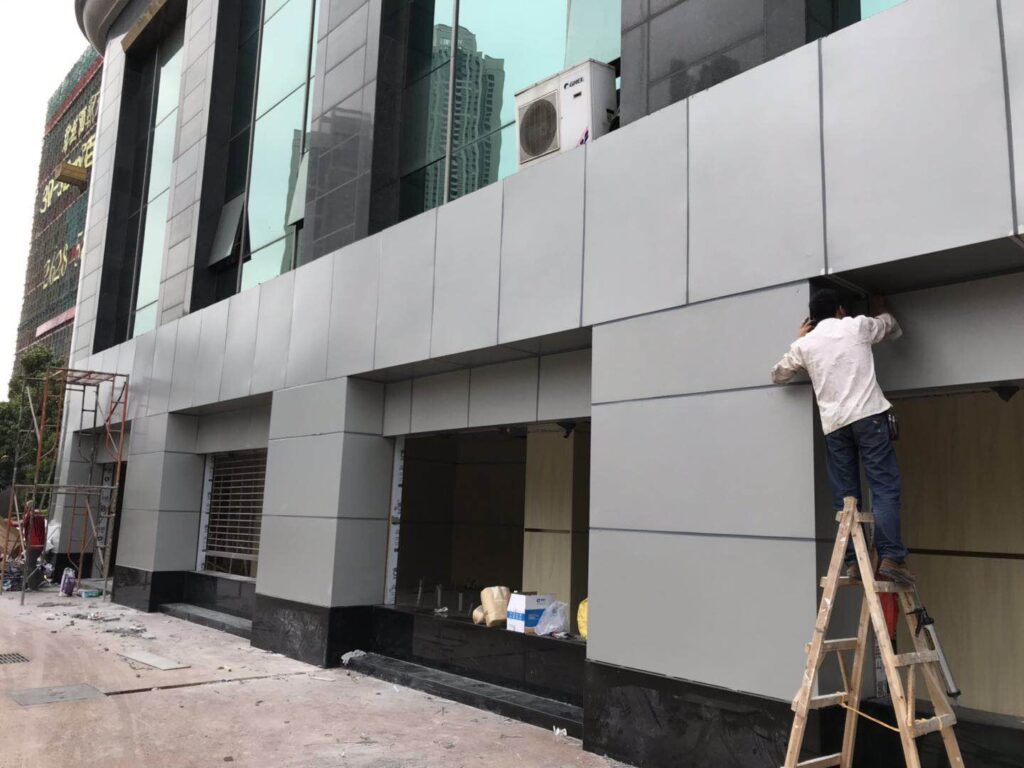
1. Energy Efficiency and Thermal Performance
One of the most significant advantages of aluminum cladding is its ability to improve a building’s energy efficiency. When combined with advanced insulation materials, aluminum cladding helps regulate indoor temperatures, reducing the need for heating and cooling. This not only lowers energy costs but also minimizes the building’s carbon footprint.
Example: The Edge in Amsterdam, one of the world’s most sustainable buildings, uses aluminum cladding to enhance its energy performance. The building’s innovative design has achieved a BREEAM score of 98.4%, the highest ever recorded.
Future Trend: As energy efficiency standards become stricter, aluminum cladding will play an even greater role in sustainable architecture. Innovations such as integrated solar panels and smart facades are expected to become more common.
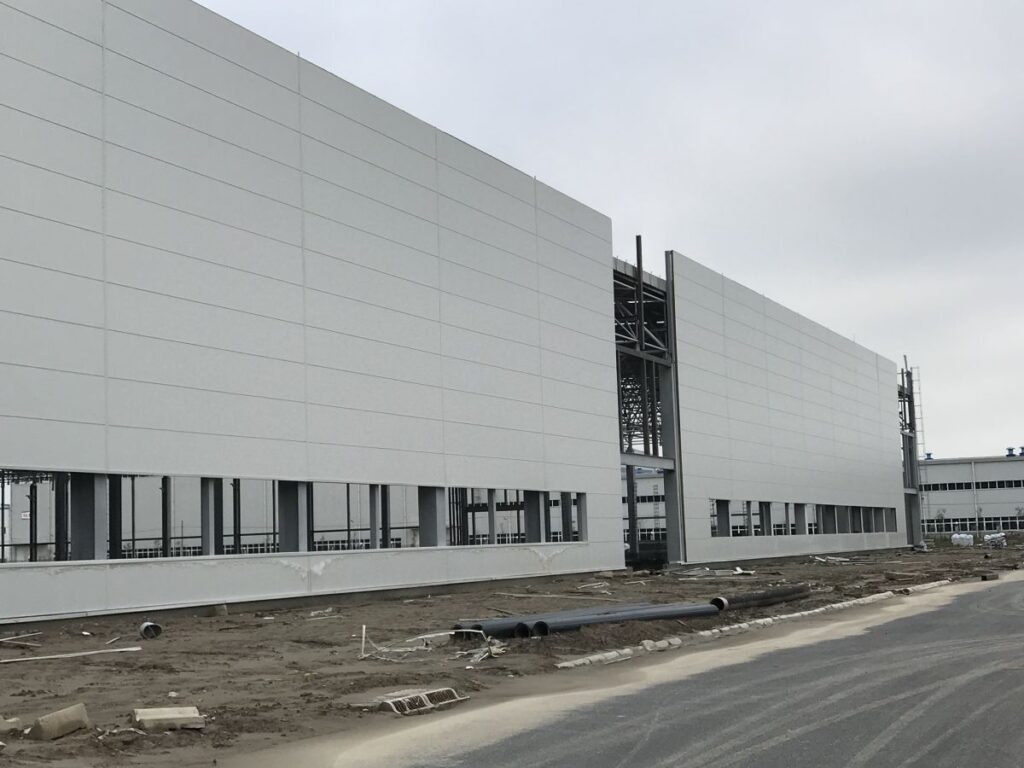
2. Durability and Longevity
Aluminum cladding is highly durable and resistant to corrosion, rust, and extreme weather conditions. This makes it an ideal choice for buildings in harsh environments, such as coastal areas or urban centers with high pollution levels.
Case Study: The Al Bahar Towers in Abu Dhabi feature a dynamic facade made of aluminum panels that respond to the sun’s movement. This design not only enhances energy efficiency but also ensures the building’s longevity in a challenging climate.
Future Trend: With advancements in coating technologies, aluminum cladding is becoming even more resistant to wear and tear, extending its lifespan and reducing maintenance costs.
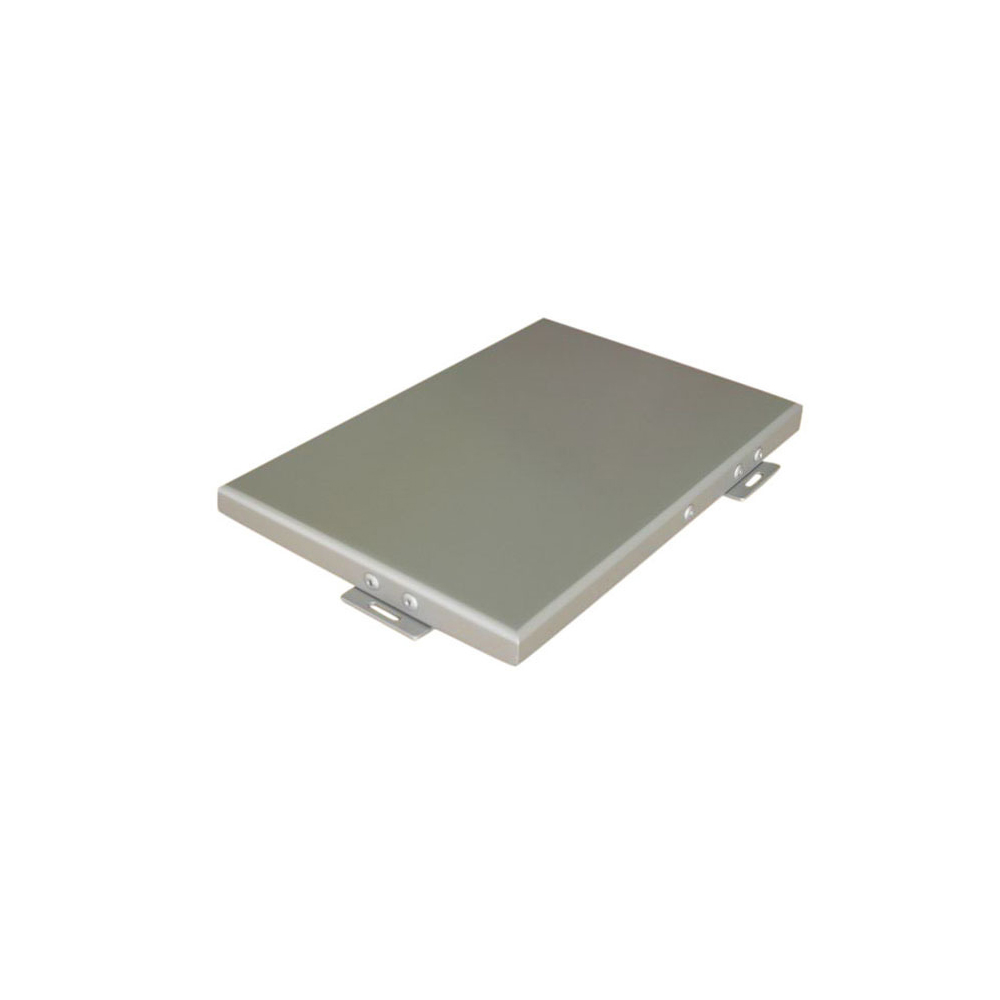
3. Recyclability and Environmental Impact
Aluminum is one of the most recyclable materials on the planet. Unlike other building materials, aluminum cladding can be reused multiple times without losing its quality. This reduces waste and supports sustainable construction practices.
Example: The One Angel Square in Manchester uses aluminum cladding with integrated insulation to achieve exceptional energy savings. The building’s design also prioritizes recyclability, making it a model for sustainable architecture.
Future Trend: As the construction industry moves towards circular economy principles, the demand for recyclable materials like aluminum cladding will continue to grow.
4. Design Flexibility and Aesthetic Appeal
Aluminum cladding offers unparalleled design flexibility. Available in a wide range of colors, finishes, and textures, it can be customized to match any architectural style, from sleek modern designs to traditional aesthetics.
Case Study: The Guggenheim Museum in Bilbao features titanium and aluminum cladding, creating a visually stunning exterior. The building’s unique design has made it an iconic landmark in contemporary architecture.
Future Trend: As architects push the boundaries of design, aluminum cladding will continue to play a key role in creating innovative and visually striking buildings.
5. Cost-Effectiveness and Low Maintenance
Aluminum cladding is a cost-effective solution for both new construction and renovation projects. Its lightweight nature reduces transportation and installation costs, while its low maintenance requirements make it a practical choice for long-term use.
Example: The renovation of the Empire State Building included the addition of aluminum cladding to improve its energy performance. The project demonstrated how aluminum cladding can transform outdated buildings into modern, energy-efficient structures.
Future Trend: As construction costs rise, the affordability and durability of aluminum cladding will make it an increasingly popular choice for sustainable architecture.
Conclusion
Aluminum cladding is more than just a building material; it’s a cornerstone of sustainable architecture. Its energy efficiency, durability, recyclability, and design flexibility make it a smart choice for any project. As the construction industry continues to prioritize sustainability, the role of aluminum cladding will only grow.
If you’re looking for high-quality aluminum cladding in sustainable architecture, visit Likton Metal to explore our range of products and solutions. Have questions or need a quote? Contact us today for expert advice and personalized service!

